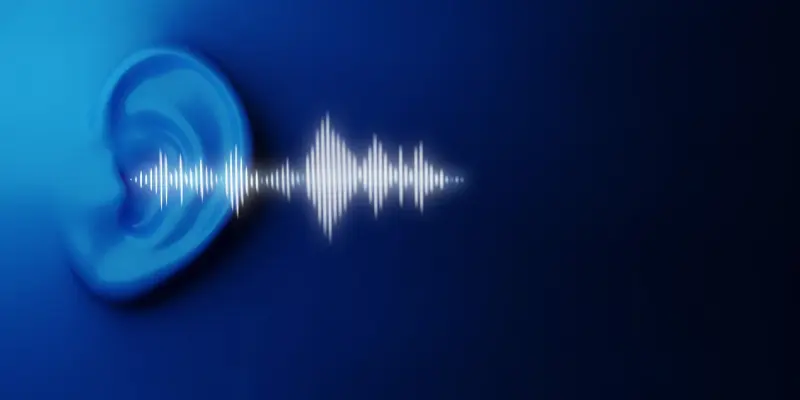In today’s rapidly evolving media landscape, digital audio has emerged as a transformative force in advertising, reshaping how brands connect with audiences. With over 228 million Americans tuning into digital audio content every month, including podcasts, streaming music, and internet radio, this medium presents a wealth of opportunities to reach consumers in unique and engaging ways. Its appeal lies in its versatility and ability to reach listeners during activities where other forms of media may not be as effective, such as while commuting, exercising, or relaxing at home. These scenarios present ideal moments for advertisers to engage consumers in a focused and often intimate manner. As the space continues to expand, the strategic incorporation of digital audio can significantly enhance an advertising strategy, offering opportunities for brands to craft powerful, resonant stories that cut through the noise and capture consumer attention at the most opportune moments.
Precision Targeting and Storytelling
The success of digital audio as an advertising channel is largely driven by its ability to offer precision targeting capabilities. Unlike traditional forms of media, digital audio platforms provide detailed demographic and behavioral data that enable advertisers to tailor their messages to specific audience segments with remarkable accuracy. This precision ensures that marketing efforts work optimally, engaging listeners who are most likely to resonate with the brand’s message. The intimate and immersive nature of audio storytelling further enhances these connections, allowing advertisers to craft narratives that captivate audiences and leave a lasting impression. As listeners consume audio content, they tend to develop personal connections with voices they hear repeatedly, offering brands the opportunity to build trust and loyalty through well-crafted, targeted audio ads. This can result in higher engagement rates and improved conversion metrics, distinguishing brands in a crowded market.
Despite these advantages, the digital audio landscape is not without challenges. The environment is characterized by platform fragmentation, which can complicate efforts to reach intended audiences consistently across different channels. Moreover, there’s an ongoing struggle to effectively measure the impact of audio campaigns in a meaningful way. While progress has been made in developing advanced measurement techniques, these methods must continue to evolve to provide deeper insights into consumer behavior and ensure that outcomes align with goals. As such, advertisers must remain agile and informed to navigate these complexities successfully. By leveraging audio’s unique capabilities while proactively addressing these challenges, brands can unlock powerful new avenues for engagement and growth in a digital-first world.
Challenges and Emerging Trends
Navigating the realm of digital audio advertising requires an awareness of both existing challenges and emerging industry trends. Among the most pressing issues are privacy regulations, which impose stringent requirements on data collection and sharing practices. Advertisers must balance the need for detailed audience insights with the imperative to maintain consumer trust and compliance with regulations. Another challenge faced by brands is the fragmentation of platforms, making it difficult to achieve consistent reach and message frequency. However, this obstacle also presents an opportunity for brands willing to invest in comprehensive cross-platform strategies that prioritize cohesive messaging across various audio streams. To address these concerns, the industry is experiencing a surge in AI-driven optimization techniques that can help advertisers fine-tune their approaches. These technologies enable precise adjustments of ad placements and content, maximizing effectiveness while adhering to privacy standards. Additionally, advancements in spatial audio promise richer, more immersive experiences, allowing brands to create distinctive and engaging interactions with listeners. Meanwhile, programmatic growth continues to shape the future of audio advertising, automating the buying and selling process for greater efficiency and scale. Brands that stay informed about these trends and actively incorporate them into their strategies are likely to find robust opportunities to differentiate themselves and capture consumer attention.
Strategic Alignment and Future Opportunities
The success of digital audio as an advertising medium hinges on its precision targeting capabilities. Unlike traditional media, digital audio platforms provide detailed demographic and behavioral data, allowing advertisers to target specific audience segments with exceptional accuracy. This precision helps optimize marketing efforts by engaging listeners most likely to resonate with a brand’s message. The immersive nature of audio storytelling strengthens these connections, enabling advertisers to create captivating narratives that make lasting impressions. As audiences listen to audio content, they often form personal bonds with familiar voices, providing brands the chance to build trust and loyalty through targeted audio ads. This can lead to higher engagement rates and improved conversion metrics, helping brands stand out in a crowded market. Despite these benefits, the digital audio scene faces challenges like platform fragmentation, complicating efforts to reach audiences consistently. Additionally, measuring audio campaign impact remains a struggle, demanding advertisers stay agile and informed to navigate complexities effectively.

